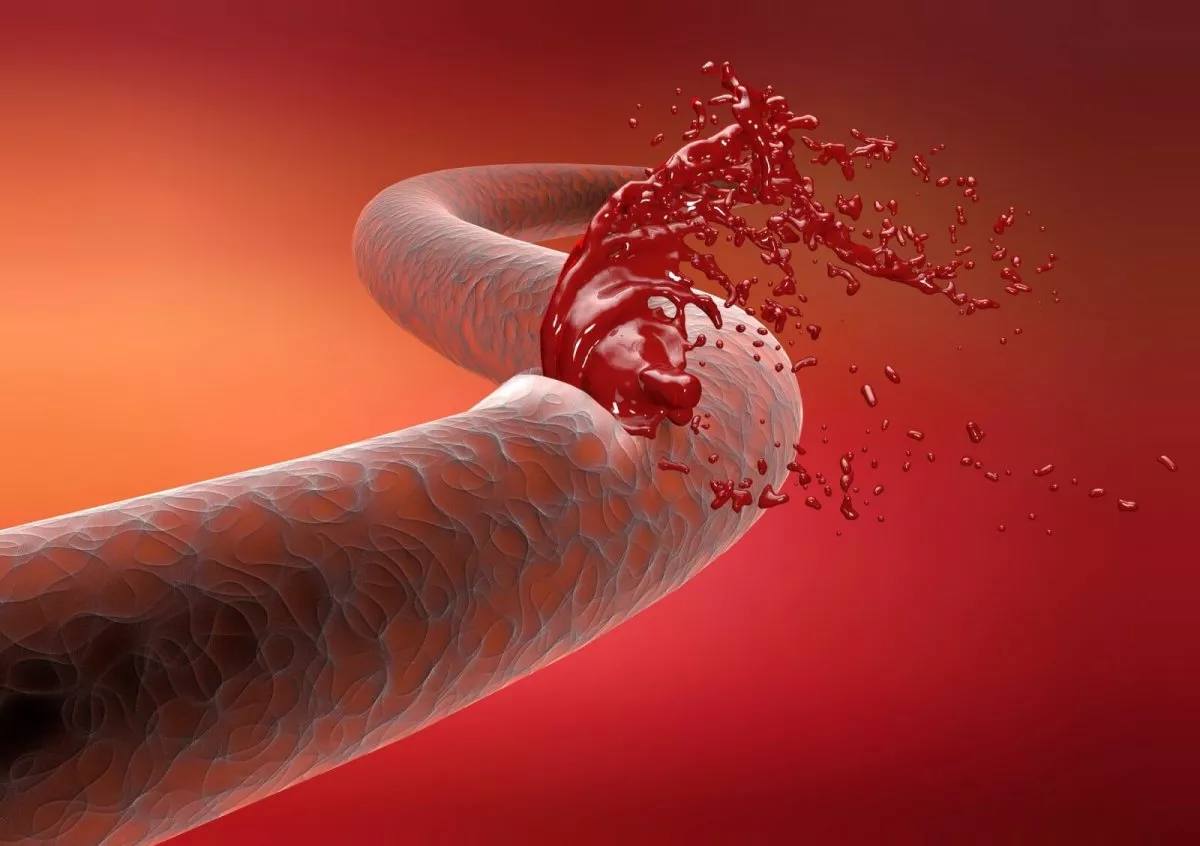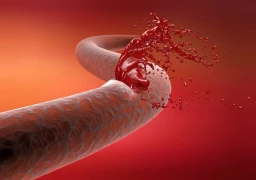
What is External Bleeding? What are the Types of External Bleeding?
- What is External Bleeding? What are the Types of External Bleeding?
- How to Control External Bleeding?
- What is Tourniquet Application and How Is It Applied?
- What are the General Principles to Be Considered in Turnstile Application?
- How to Give First Aid in External Bleeding?
Bleeding that occurs when the integrity of the veins is impaired and blood flow out of our body. These hemorrhages usually occur as a result of injury with a sharp instrument. There are three different varieties. These can be called Arterial Bleeding, Venous Bleeding and Capillary Bleeding. Each bleeding has its own specific characteristics, so the type of external bleeding is determined. All three types of bleeding can occur simultaneously in a casualty. It should be intervened quickly and bleeding should be controlled.
Arterial Bleeding; The blood color is bright red. The bleeding is rhythmic and sometimes gushing, in harmony with the heart rhythm. When pressure is applied to the artery above the bleeding area, slowing or stopping of bleeding may be observed.
Venous Bleeding (Vein Bleeding); Since the veins carry oxygen-poor blood, the color of the blood is darker in this type of bleeding. Bleeding is not gushing, but rather continuous and leaky bleeding.
Capillary Bleeding; It is caused by damage to the capillaries. Bleeding may be in the form of oozing or blistering. Usually there is more than one bleeding site, it can be easily stopped by applying pressure.
How to Control External Bleeding?
First of all, early detection of bleeding is very important. The shape and type of injuries can vary, so bleeding can sometimes be overlooked. Areas with dense hair on the body, scalp, anatomical areas covered with clothes should be carefully checked for the presence of bleeding.
There are several effective methods that are effective in controlling External Bleeding. In order; Methods such as Direct Pressure, Pressure Bandage Application, Elevation, Pressure on Arterial Pressure Point and Tourniquet Application are applied.
Direct Press; It is the first and most effective method that comes to mind in external bleeding control. It should be evaluated whether there is a foreign body (glass fragment, pebble, etc.) in the bleeding area, but the wound should not be tampered with and bleeding should not be increased during the evaluation.
Direct pressure is applied to the bleeding area with the help of a sterile tampon or a clean cloth. If there is no sterile tampon or clean cloth around, the patient's clothes can be used to stop the bleeding. The dressing material used to check whether the bleeding has stopped should not be removed.
Pressure Bandage Application; It is applied to make direct pressure longer. A pressure bandage with an inelastic bandage is applied on the tampon, from bottom to top.
Elevation; If the bleeding is in the arms or legs, it is lifted above the heart level after direct pressure is applied.
With this application, slowing and stopping of external bleeding can be observed.
Pressure on Arterial Pressure Point; In arterial hemorrhages, blood squirts out. Bleeding in the form of spurts can cause a lot of bleeding in a short time. Excessive bleeding easily leads to Hypovolemic Shock; therefore, pressure is placed on the arteries in the upper parts of the bleeding areas.
What is Tourniquet Application and How Is It Applied?
Tourniquet; It is one of the most effective methods used to stop bleeding in vital bleedings in the limbs. It is the last method that should come to mind after all methods of stopping bleeding are applied.
Only;
- Severe bleeding in the limbs, limb rupture or fragmentation,
- Lack of adequate first aid at the scene,
- Long-term transport of the injured,
should be applied in such cases.
Tourniquet application with bandage;
The bandage is folded 10 cm wide.
It is tied to the upper part of the bleeding place by wrapping it.
It is reconnected by placing a hard object (branch, pencil, etc.) on the fastened place.
The hard object is rotated until the bleeding stops.
When the bleeding stops, it is fixed to the body.
What are the General Principles to Be Considered in Turnstile Application?
- It should not be tied on joints.
- The tourniquet can sometimes cause severe pain depending on the situation. Loosening should never be done in such cases.
- It should be made with wide-width non-stretchable material. Sharp materials that may damage the skin should be avoided.
- In order to maintain body temperature, the patient can be covered with covers such as blankets. If the injured person has a tourniquet, the tourniquet applied area should not be covered.
- In order not to damage the tissue in the bleeding area, it should be loosened for 3-5 minutes every 15-20 minutes. If there is no bleeding during relaxation, there is no need to tighten the tourniquet again.
- It can be applied for a maximum of 2 hours.
How to Give First Aid in External Bleeding?
- The bleeding site is evaluated for the presence of a foreign body.
- Direct pressure is applied to the bleeding area with the help of a tampon or a clean cloth.
- The bleeding area is wrapped with a pressure bandage from bottom to top.
- If the bleeding is in the arms or legs, elevation is provided.
- If the bleeding has not stopped, pressure is provided to the artery above it.
- If there is a limb rupture, a tourniquet is applied.
- In order to protect the body temperature of the injured, the tourniquet is covered so that the area is exposed.


